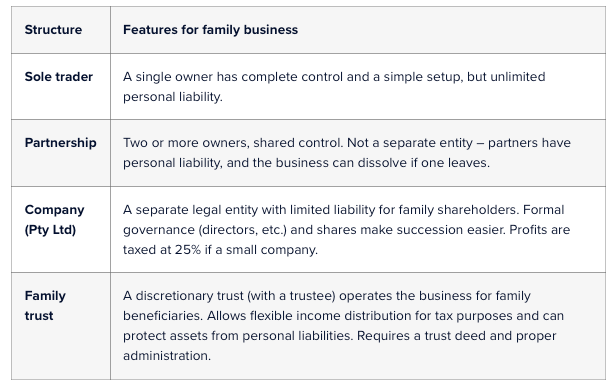2020/21 Individual Tax Return Checklist
2020/21 Individual Tax Return Checklist
Tax saving strategies prior to 1 July 2021
A strategy often used to reduce taxable income (and, in turn, tax payable) in an income year is to bring forward any expected or planned deductible expenditure from a later income year. However, in light of the continued impact of the COVID-19 pandemic, any tax planning for individuals with potentially reduced income for the 2021 tax season may require consideration of deferring any deductible expenditure (if possible).
Resident taxable income thresholds for the 2020/21 income year Tax payable
0 – $18,200 Nil
$18,201 – $45,000 1. 9% of excess over $18,200
$45,001 – $120,000 $5,092 + 32.5% of excess over $45,000
$120,001 – $180,000 $29,467 + 37% of excess over $120,000
$180,001 and over $51,667 + 45% of excess over $180,000
1. The Medicare levy of 2% generally applies in addition to these rates.
Common claims made by individuals
The following outlines common types of deductible expenses claimed by individual taxpayers, such as employees and rental property owners, and some strategies for increasing their deductions for the 2021 income year.
1. Depreciating assets costing $300 or less
Salary and wage earners and rental property owners will generally be entitled to an immediate deduction for certain income-producing assets costing $300 or less that are purchased before 1 July 2021.
Some purchases you may consider include:
tools of trade;
electronic tablets;
calculators or electronic organisers;
software;
books and trade journals;
stationary; and
briefcases/luggage or suitcases.
2. Clothing expenses
Individuals may pay for work-related clothing expenses before 1 July 2021, such as:
compulsory (or non-compulsory and registered) uniforms, and occupation specific and protective clothing; and
other associated expenses such as dry-cleaning, laundry and repair expenses.
3. Self-education expenses
Employees may prepay self-education items before 1 July 2021, such as:
course fees (but not HELP repayments), student union fees, and tutorial fees; and
interest on borrowings used to pay for any deductible self-education expenses.
Also they may bring forward purchases of stationery and text books (i.e., those that are not required to be depreciated).
4. Other work-related expenses
Employees may also prepay any of the following expenses before 1 July 2021:
Union fees.
Subscriptions to trade, professional or business associations.
Seminars and conferences.
Income protection insurance (excluding death and total/permanent disability).
Magazine and professional journal subscriptions.
Note: If prepaying any of the above expenses before 1 July 2021, ensure that any services being paid for will be provided within a 12-month period that ends before 1 July 2022. Otherwise, the deductions will generally need to be claimed proportionately over the period of the prepayment.
Information Required
You will need to provide us with information to assist in preparing your income tax return. Please check the following and provide any relevant statements, accounts, receipts, etc., to help us prepare your return.
Income/Receipts:
Details of your employer(s) and wages.
Lump sum and termination payments.
Government pensions and allowances.
Other pensions and/or annuities (including JobKeeper payments).
Allowances (e.g., entertainment, car, tools).
Interest, rent and dividends.
Distributions from partnerships or trusts.
Details of any assets sold that were either used for income-earning purposes or which may be liable for capital gains tax ('CGT').
Expenses/Deductions (in addition to those mentioned above):
Award transport allowance claims.
Bank charges on income-earning accounts (e.g., term deposits).
Bridge/road tolls (if travelling on work).
Car parking (if travelling on work).
Conventions, conferences and seminars.
Depreciation of library, tools, business equipment (incl. portion of home computer).
Gifts or donations.
Home office running expenses, such as:
cleaning;
cooling and heating;
depreciation of office furniture;
lighting; and
telephone and internet.
Interest and dividend deductions, such as:
account keeping fees;
ongoing management fees;
interest on borrowings to buy shares; and
advice relating to changing investments (but not setting them up).
Interest on loans to purchase equipment or income-earning investments.
Motor vehicle expenses (if work-related).
Overtime meal expenses.
Rental property expenses, including:
advertising expenses;
council and water rates;
insurance;
interest;
land tax;
property management fees;
genuine repairs and maintenance; and
telephone expenses.
Superannuation contributions.
Sun protection items.
Tax agent fees.
Telephone expenses (if work-related).
Tools of trade.

